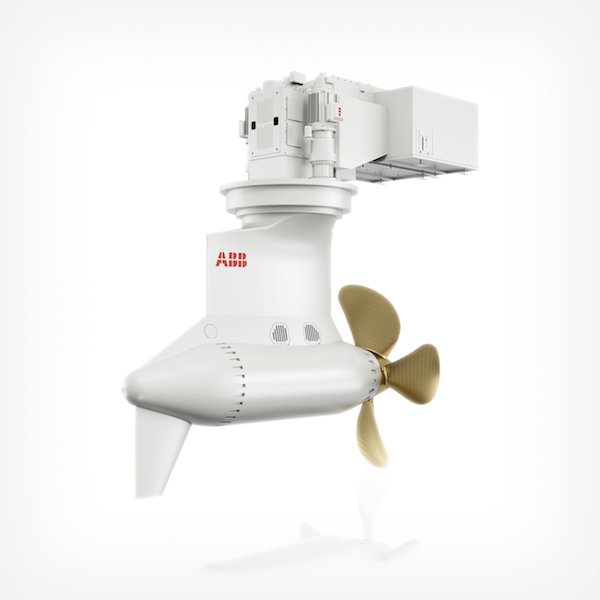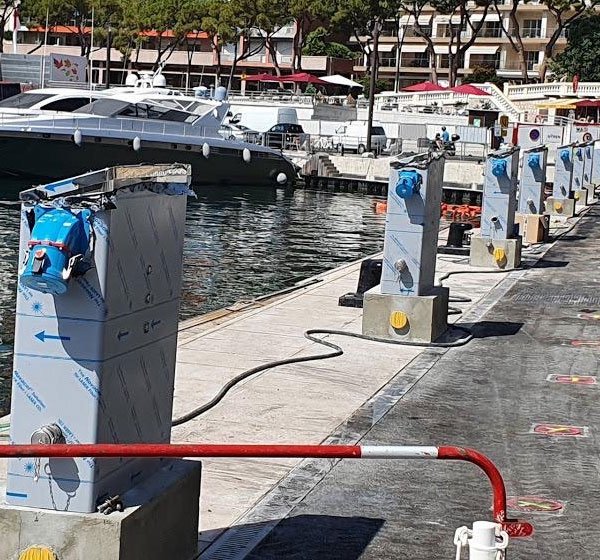
Contents
- Introduction
- Overview of Diesel Two-Stroke Marine Engines
- Overview of Ethane Gas-Powered Two-Stroke Marine Engines
- Key Construction Differences
- Fuel Injection System
- Combustion Chamber Design
- Exhaust System
- Cooling System
- Lubrication System
- Control Systems
- Components of Diesel and Ethane Gas Engines
- Manufacturers and Popular Models
- The Largest Engines in the Industry
- Conclusion
1. Introduction
Marine engines are the heart of maritime vessels, driving their propulsion and ensuring efficient operations. Two main types of two-stroke marine engines are widely used: diesel-powered and ethane gas-powered engines. This article explores the construction differences between these engines, highlighting their unique components and features.
2. Overview of Diesel Two-Stroke Marine Engines
Diesel two-stroke marine engines are traditional powerhouses used extensively in large ships for their reliability and efficiency. They operate on the principle of the two-stroke cycle, where power is generated with each crankshaft revolution, enhancing power output and efficiency.
3. Overview of Ethane Gas-Powered Two-Stroke Marine Engines
Ethane gas-powered two-stroke marine engines are a modern innovation aimed at reducing emissions and utilizing alternative fuels. These engines also operate on the two-stroke cycle but are designed to use ethane gas, a cleaner-burning fuel compared to diesel.
4. Key Construction Differences
Fuel Injection System
- Diesel Engines: Use high-pressure fuel injectors to spray diesel fuel directly into the combustion chamber. The injectors are designed to handle the high viscosity and energy content of diesel fuel.
- Ethane Gas Engines: Employ gas injectors that precisely control the flow of ethane gas into the combustion chamber. These injectors are engineered to handle the lower energy density and different combustion characteristics of ethane.
Combustion Chamber Design
- Diesel Engines: The combustion chamber is typically designed to create turbulence, promoting efficient mixing of air and diesel fuel for complete combustion.
- Ethane Gas Engines: Combustion chambers are optimized to manage the different flame propagation and combustion temperatures of ethane, often incorporating features to enhance gas mixing and combustion stability.
Exhaust System
- Diesel Engines: Equipped with traditional exhaust systems designed to manage high temperatures and the by-products of diesel combustion, including particulate matter and nitrogen oxides (NOx).
- Ethane Gas Engines: Have modified exhaust systems to handle the lower particulate emissions but potentially higher NOx emissions from gas combustion. They may also include additional treatments to reduce NOx levels.
Cooling System
- Diesel Engines: Use water-cooling systems to manage the high temperatures generated by diesel combustion.
- Ethane Gas Engines: Also utilize water-cooling but may require different cooling strategies to account for the unique thermal properties of ethane combustion.
Lubrication System
- Diesel Engines: Require robust lubrication systems to handle the high-pressure, high-temperature environment of diesel combustion.
- Ethane Gas Engines: While still requiring effective lubrication, the system may be tailored to manage the different lubrication needs of gas combustion, potentially involving different oil formulations.
Control Systems
- Diesel Engines: Typically use mechanical or electronic controls to manage fuel injection timing, pressure, and engine parameters.
- Ethane Gas Engines: Rely more heavily on advanced electronic control systems to precisely manage gas injection, combustion, and emissions in real-time.
5. Components of Diesel and Ethane Gas Engines
Common Components
- Cylinder Block and Head: Both types of engines have similar basic structures but are optimized for their respective fuels.
- Pistons and Connecting Rods: Designed to withstand the specific stresses of either diesel or ethane combustion.
- Crankshaft: Converts the linear motion of the pistons into rotational motion, tailored to handle the power output characteristics of each engine type.
Unique Components
- Gas Injectors (Ethane Engines): Specialized injectors for precise gas delivery.
- Turbochargers: Used in both engine types to improve efficiency but may be optimized differently based on fuel characteristics.
- Exhaust Treatment Systems: Diesel engines often have particulate filters and SCR (Selective Catalytic Reduction) systems, while ethane engines may have different NOx reduction technologies.
6. Manufacturers and Popular Models
Diesel Two-Stroke Marine Engines
- MAN Energy Solutions: MAN B&W ME-C series
- Wärtsilä: RT-flex96C
Ethane Gas-Powered Two-Stroke Marine Engines
- MAN Energy Solutions: MAN B&W ME-GI series (Gas Injection)
- Winterthur Gas & Diesel (WinGD): X-DF series
7. The Largest Engines in the Industry
Largest Diesel Engine
- Wärtsilä RT-flex96C: Known as the largest and most powerful diesel engine, used in large container ships. It is a two-stroke, turbocharged, low-speed engine with a power output of up to 107,390 horsepower.
- Price: Approximately $75 million to $100 million, depending on the specific configuration and additional features.
Largest Ethane Gas Engine
- MAN B&W ME-GI Series: These engines are among the largest gas engines used in maritime applications, providing efficient and powerful propulsion with significantly reduced emissions.
- Price: Approximately $80 million to $120 million, depending on the configuration and additional systems required for gas handling and safety.
8. Conclusion
Understanding the construction differences between diesel two-stroke marine engines and ethane gas-powered two-stroke marine engines is essential for choosing the right propulsion system for modern maritime vessels. Diesel engines offer proven reliability and power, while ethane gas engines provide a cleaner alternative with advanced control systems. Leading manufacturers like MAN Energy Solutions, Wärtsilä, and WinGD offer robust models tailored to these fuels, pushing the boundaries of maritime engine technology.
For more detailed insights and updates on maritime engine technologies, visit maritimehub.com




